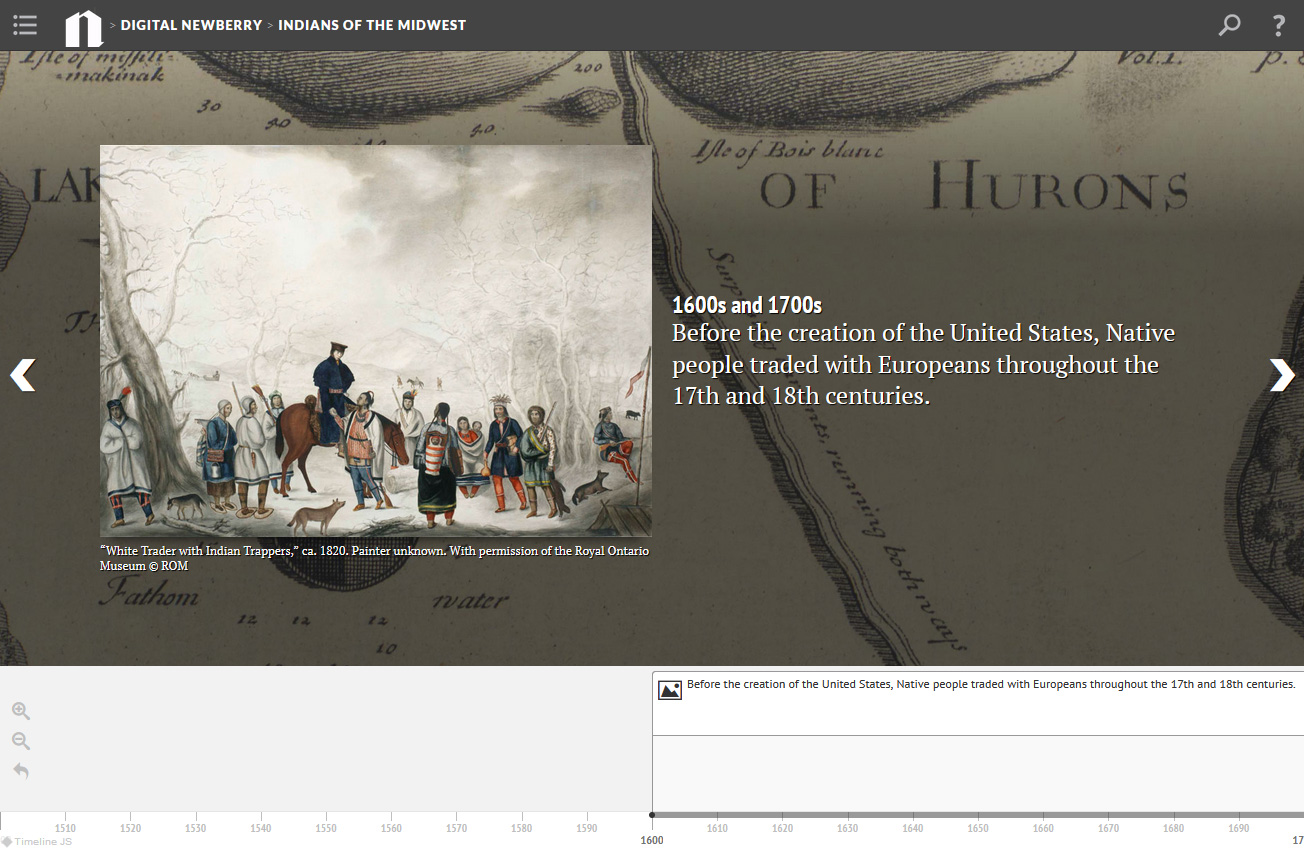Commercial Activity
From the mid-1600s to the early 1800s, Indians sold furs, labor, and goods to European traders throughout the Great Lakes region, while continuing to support their households by hunting, fishing, and gathering. The United States government pressured them to cede their land to settlers moving west. By the 1830s and 1840s, almost all the Indians in Ohio, Indiana, and Illinois had been forced west. In return for cessions in Michigan, Wisconsin, and Minnesota, Indians reserved land and the right to hunt, fish, and gather in the ceded lands, not only for their own sustenance but also for commercial purposes. By the late 19th century, the federal government and the upper Great Lakes states were impeding Indian rights to resources, and the reservation lands and the timber on them were dramatically reduced. Well into the 20th century, Indians had to struggle to support themselves by working for wages, selling products, and obtaining food from the forests and waters in their homeland. Attempts at economic development on reservations were largely unsuccessful until the 1980s, when casino gaming generated enough revenue to enable tribes to operate various kinds of businesses as well as employ their members.
Did Indians participate in the market economy after the fur trade?
Yes. In the 19th century, they sold products, worked for hire, and, additionally, contributed their skills to the tourist industry in the 20th century. Go to "Making Money" for more detail
What kinds of businesses do tribes own?
Tribally owned enterprises include grocery stores, gas stations, lumber mills, farms, fish processing plants, wild rice businesses, casinos, and resorts. Go to "Tribal Businesses" for more detail
